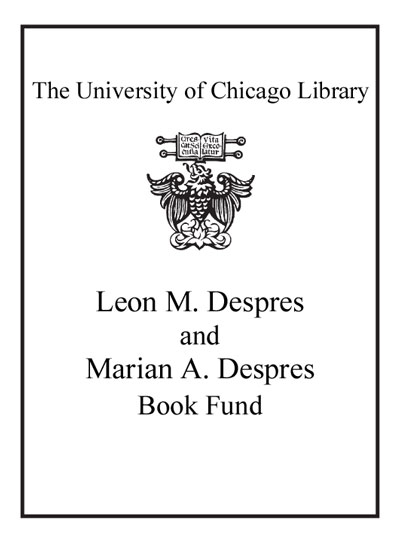Creating the Hudson River Park : environmental and community activism, politics, and greed /
| Author / Creator: | Fox, Tom, 1947- author. |
|---|---|
| Imprint: | New Brunswick, New Jersey : Rutgers University Press, [2024] |
| Description: | xi, 396 pages, 12 unnumbered pages of plates : illustrations (some color), maps ; 25 cm |
| Language: | English |
| Subject: | |
| Format: | Print Book |
| URL for this record: | http://pi.lib.uchicago.edu/1001/cat/bib/13475557 |
| Summary: | The 4-mile-long, 550-acre Hudson River Park is nearing completion and is the largest park built in Manhattan since Central Park opened more than 150 years ago. It has transformed a derelict waterfront, protected the Hudson River estuary, preserved commercial maritime activities, created new recreational opportunities for millions of New Yorkers, enhanced tourism, stimulated redevelopment in adjacent neighborhoods, and set a precedent for waterfront redevelopment. The Park attracts seventeen million visitors annually. Creating the Hudson River Park is a first-person story of how this park came to be. Working together over three decades, community groups, civic and environmental organizations, labor, the real estate and business community, government agencies, and elected officials won a historic victory for environmental preservation, the use and enjoyment of the Hudson River, and urban redevelopment. However, the park is also the embodiment of a troubling trend toward the commercialization of America's public parks. However, initial recommendations to secure long term financial support for the Park from the increase in adjacent real estate values that resulted from the Park's creation were ignored. City and state politicians had other priorities and public funding for the Park dwindled. The recent phase of the project, from 2010 to 2021, focused on "development" both in and adjacent to the Park. Changes in leadership, and new challenges provide an opportunity to return to a transparent public planning process and complete the redevelopment of the waterfront for the remainder of the 21st-century. Fox's first-person perspective helps to document the history of the Hudson River Park, recognizes those who made it happen and those who made it difficult, and provides lessons that may help private citizens and public servants expand and protect the public parks and natural systems that are so critical to urban well-being. |
|---|---|
| Physical Description: | xi, 396 pages, 12 unnumbered pages of plates : illustrations (some color), maps ; 25 cm |
| Bibliography: | Includes bibliographical references and index. |
| ISBN: | 9781978814011 1978814011 9781978814028 9781978814042 |

